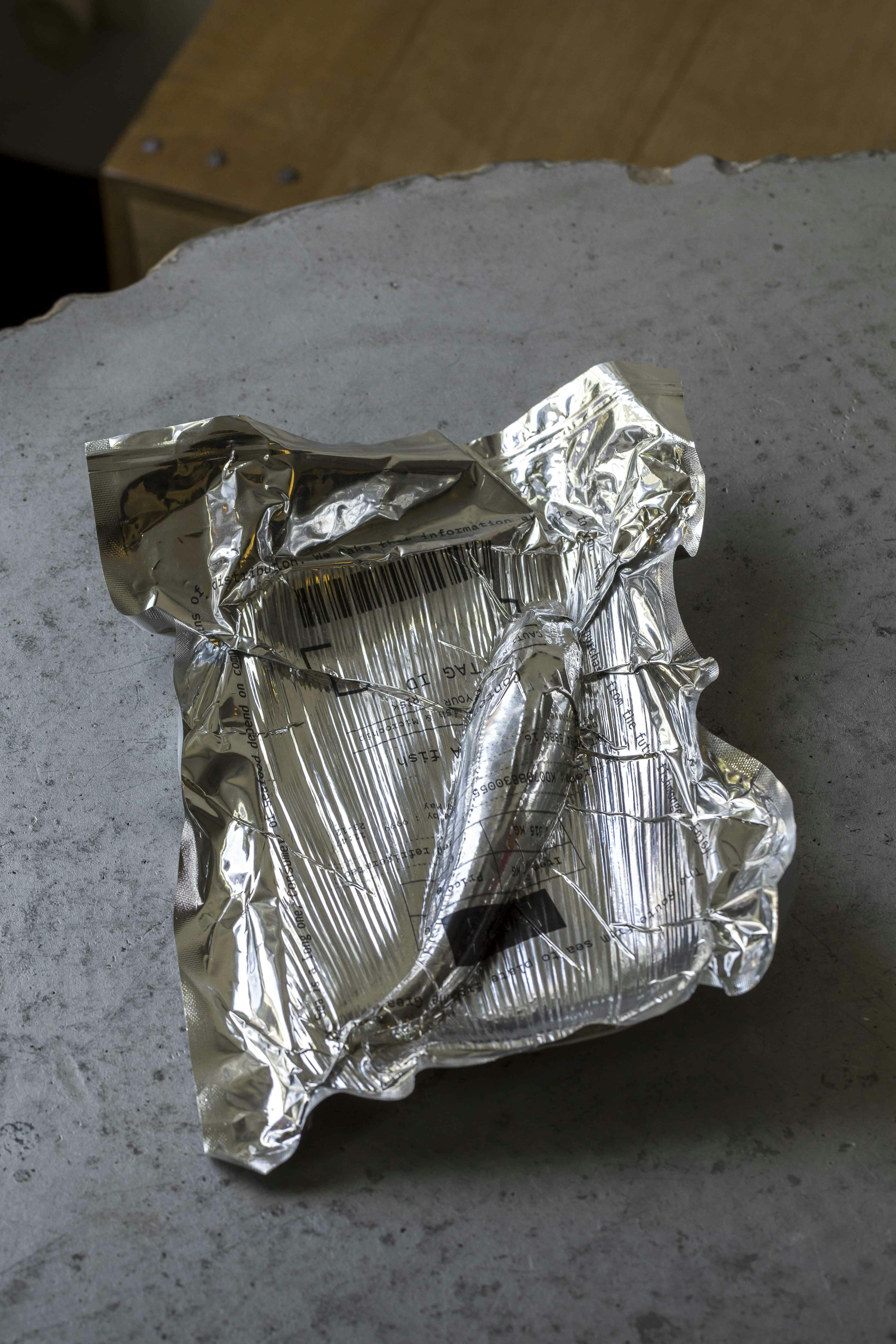New Store
Through Black Marble, the New Store questions your relationship with the energy you use. Are you happy in the dark? Is it cosy? Or do you prefer light? If so, are you prepared to contribute light to Residency for the People, using your own energy supply?
Why at the New Store?
Black Marble imagines a future where we, as consumers, have to contribute our own energy sources if we want more light. But how much light do we really need when darkness has its own special qualities? Darkness creates a cosy atmosphere, prepares people for sleep, does not disturb animals and consumes no energy. These are natural qualities that can benefit humans and more-than-humans alike.
The two light installations of Black Marble illuminate the space while giving darkness visibility. The intensity is not static, but is dynamically controlled through gradual dimming and the use of visitors’ light sources. As a result, less energy and materials are used. "Engravings referencing the moon, a symbol of an unspoilt landscape, have been set into discarded glass shards that are hold by sanded old beams." In one installation, the engraving is illuminated by discarded electronics; in another, the flashlight function of visitors’ smartphones is used.
The human eye automatically adjusts to light and dark, so slow changes are not immediately noticeable, but it also becomes clear that we do not need so much light. "The light installations are functional, but at the same time they point to over-consumption and light pollution."
Visit Black Marble
Black Marble depends on the visible contrast between light and darkness; therefore, this interactive project is only open for participation after 17:00, when the sun has gone down.
About the project
Designer Arnout Meijer sees darkness not as a lack of light, but as a quality in itself. Darkness is necessary for human biorhythms, creates a cosy atmosphere and provides tranquillity. For many creatures, including bats, moths, foxes and deer, a dark night is essential. Light pollution can disrupt (animal) behaviour and entire ecosystems.
The title of the installation, Black Marble, plays on the “Blue Marble” nickname given to Earth after the now-famous image of our planet was taken on 7 December 1972 by the crew of Apollo 17, from some 29,000 kilometres away. Illuminated by the sun, the Earth indeed appeared as a blue sphere; however, its other side, in darkness, was black.
The designer
Arnout Meijer’s work explores the physicality and philosophy of perception. What we see is a representation based on experience rather than an actual representation of the world derived from analysis. In perception, therefore, optical illusions are not merely sensory exceptions, but are precisely the visual effects that shape reality as we see it. The relationship between reality and illusion in vision and culture is the basis of Meijer’s practice.

